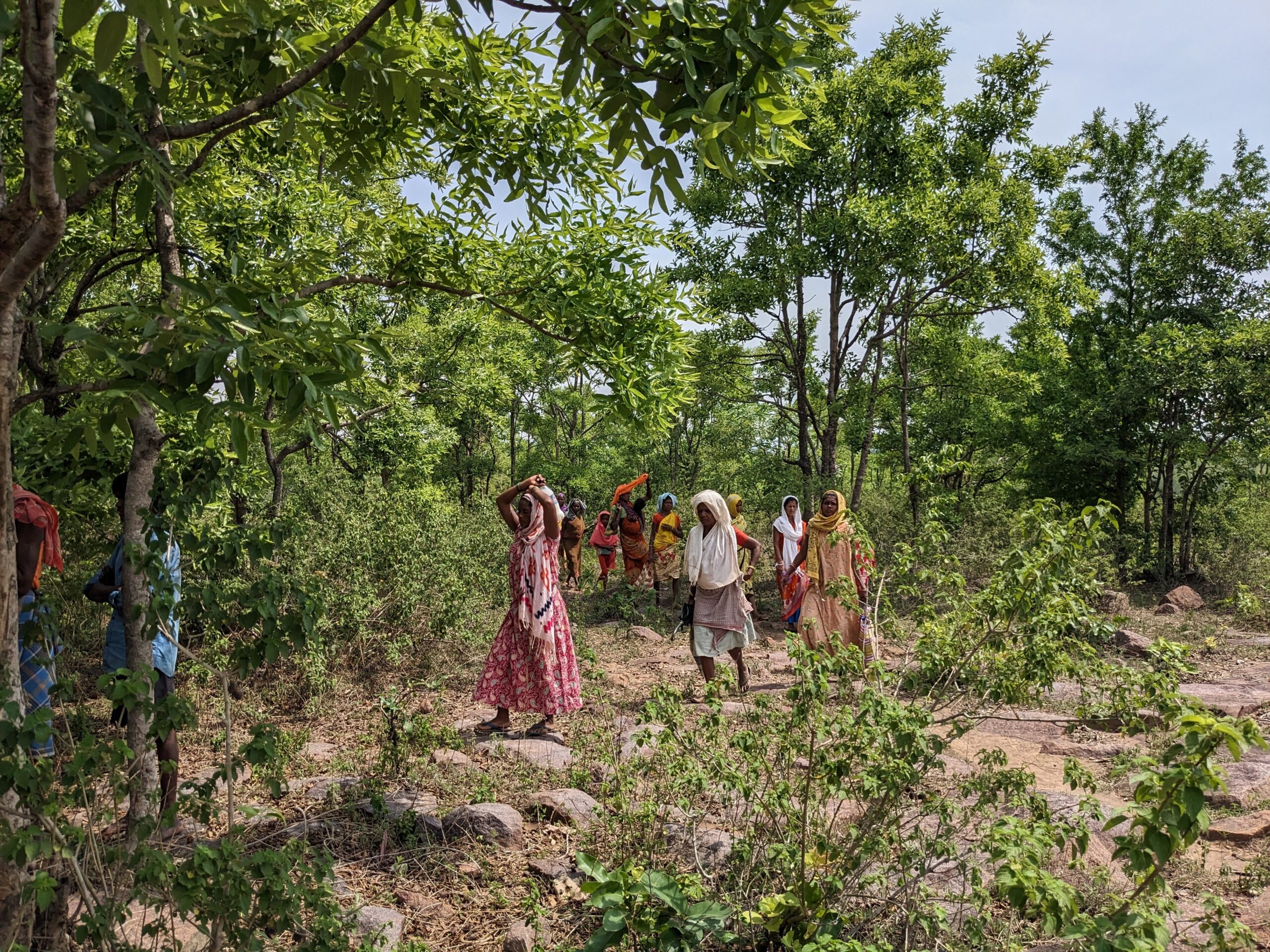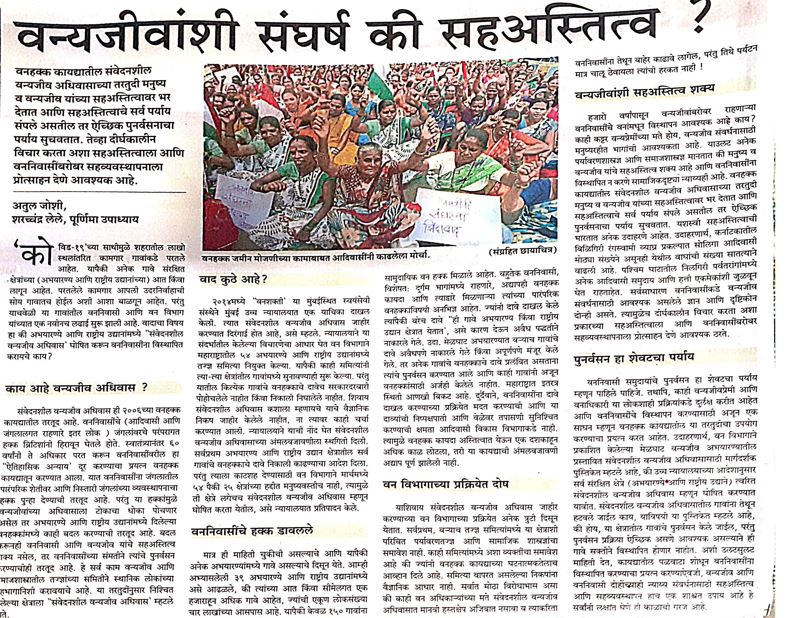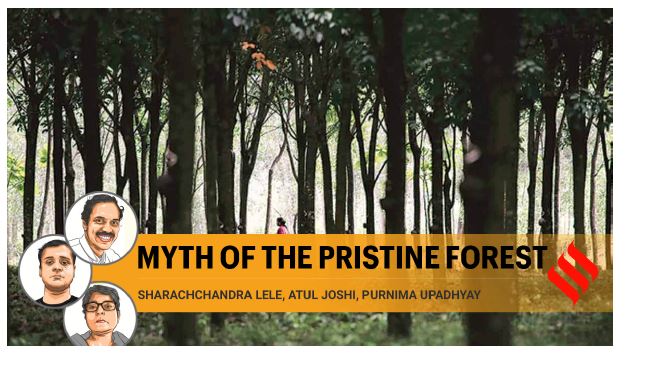What is a Critical Wildlife Habitat (CWH)?
- CWH provisions under India’s Forest Rights Act (FRA) of 2006 provide a mechanism for addressing any conflicts that may arise between the exercise of Community forest resource (CFR) rights and the needs of wildlife Protected Areas (PAs) such as National Parks and Wildlife Sanctuaries.
- These provisions aim to protect species facing irreversible threats while ensuring a participatory, case-specific approach that centers forest-dwelling communities in decision-making.
What Does the Law Say About CWH?
- CWH is defined as an area within a PA requiring “inviolate” status to prevent irreversible harm to species’ survival.
- “Inviolate” does not mean excluding all human activity but focuses on avoiding irreversible damage.
- CWH areas must be identified through consultations, scientific assessments, and informed consent from affected communities.
How Are CWH Areas Identified and Implemented?
- The process involves these steps:
Full Rights Recognition
– All community rights under the FRA must be recognized before initiating CWH identification.
– Gram Sabhas prepare Community Forest Resource (CFR) management plans aligned with conservation goals.
– Gram Sabhas prepare Community Forest Resource (CFR) management plans aligned with conservation goals.
Expert Committee Formation
– Committees, including experts from life and social sciences, assess CWH needs scientifically and objectively.
Consultative Process
– Communities are engaged to evaluate if forest rights pose a genuine threat to wildlife and discuss possible modifications.
Coexistence Exploration
– Options for coexistence are prioritized over resettlement, ensuring livelihoods remain secure through adjustments or compensations.
Resettlement Protocol
– If coexistence is not feasible, resettlement must have informed consent, full compensation, and comply with legal frameworks.
What Are the Challenges in Maharashtra’s CWH Process?
- Forest rights recognition is incomplete in many PAs, leaving potential CFR rights claims unaddressed.
- Expert Committees often lack legally required social science experts and adequate training.
- Misinterpretation of “inviolate” as excluding all human activities undermines the law’s focus on preventing irreversible damage.
CWH provisions highlight the need for inclusive, community-centered conservation while addressing critical ecological concerns.
outputs
-
 Critical Wildlife Habitat: What is it, how should it be implemented, and how is it being pushed through?Read more
Critical Wildlife Habitat: What is it, how should it be implemented, and how is it being pushed through?Read more -
 Conflict or coexistence with wildlife? (Marathi)Read more
Conflict or coexistence with wildlife? (Marathi)Read more -
 Myth of the Pristine ForestsRead more
Myth of the Pristine ForestsRead more -
 Ensuring a Fair and Sustainable Process in CWH Identification in Melghat Wildlife SanctuaryRead more
Ensuring a Fair and Sustainable Process in CWH Identification in Melghat Wildlife SanctuaryRead more